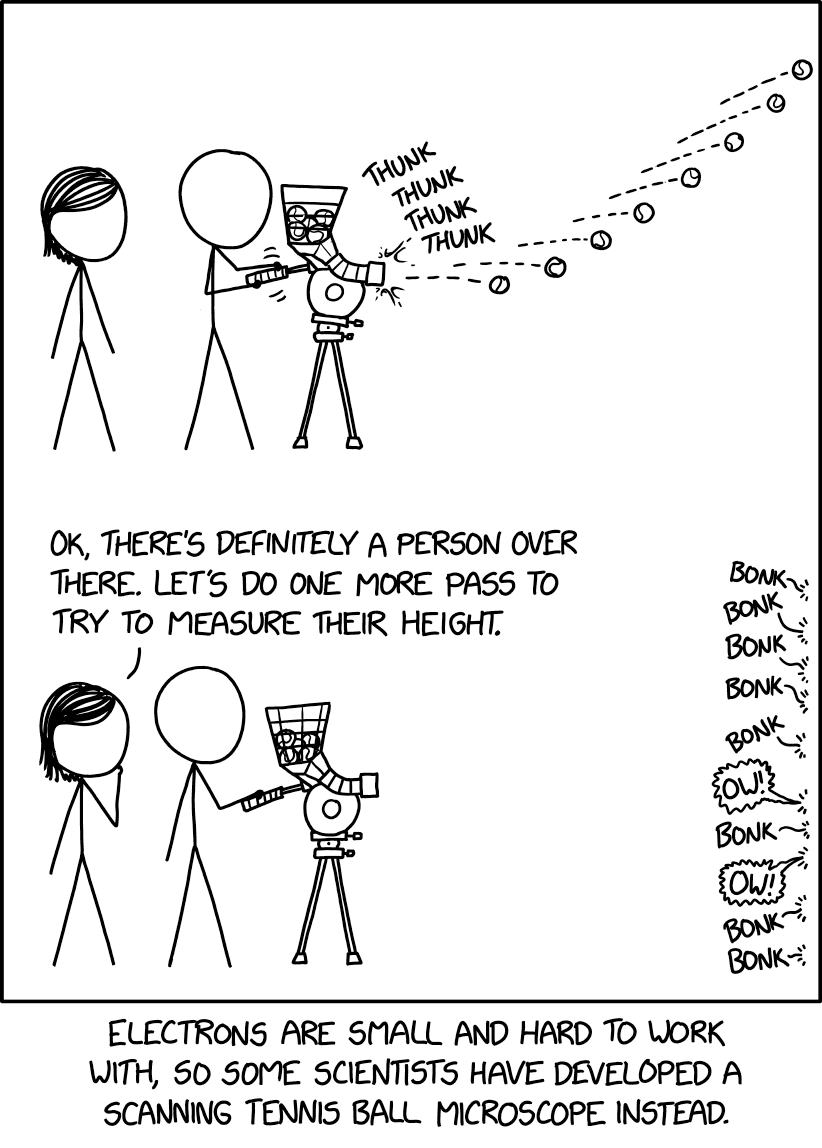

Yeah, I’m always a little skeptical about the ‘feel it’ claims. But computers don’t have to adapt to progressive wear; I’m sure you could configure the ABS/traction control to indicate that in dry conditions consistently slipping below say 0.3g (number pulled out of ass) of applied traction implies an excessively worn tire.
Once you get below a certain level of performance, all the braking/steering assumptions involved in self driving start breaking down too.








No, no, he’s saying the lesbians give the best BJs…